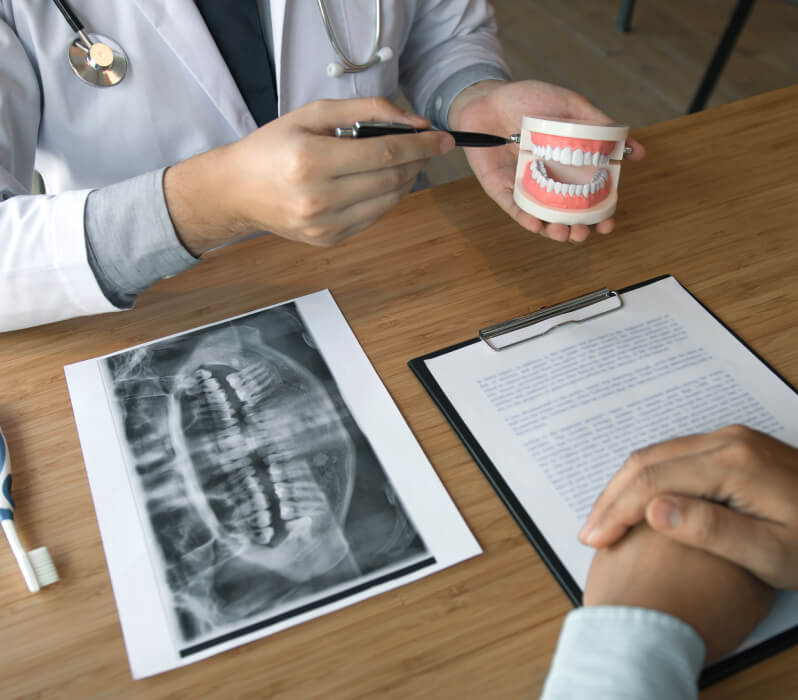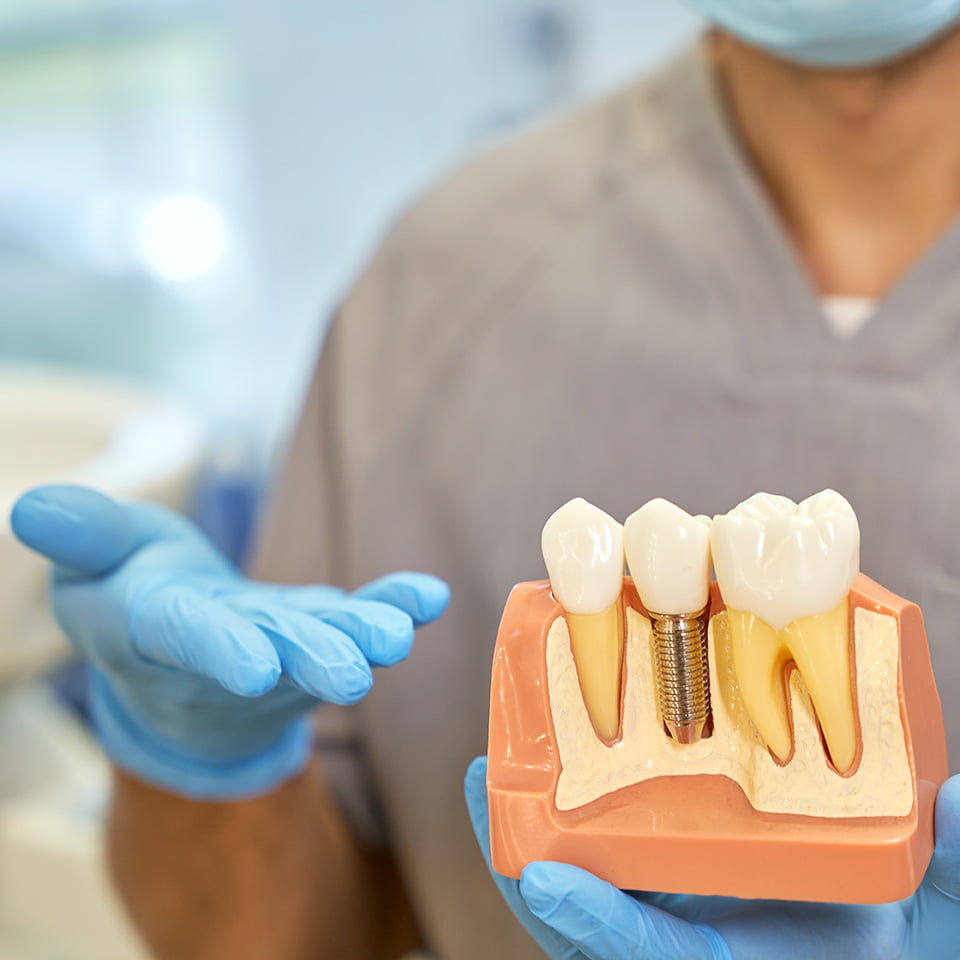
What Is The Best Way To Pay For Dental Implants?
The Financial Challenge of Dental Implants Despite their unparalleled advantages, the journey towards obtaining dental

Listen or Read Dr. Igor Kaplansky’s Podcast Interview!
Topic – Bridges and Crowns
Below you will find an easy to read transcript of Dr. Igor Kaplansky’s monthly podcast interview. You can click the video to listen to the podcast or simply read the easy to follow transcript below. Enjoy!
Podcast Interview:
RC: Hello everyone. This is Liz Harvey coming to you from our studios in New York City where we are dedicated to bringing you top quality advice from many of the leading expert professionals across the US. In today’s episode we are speaking with Dr. Igor Kaplansky. Dr. Kaplansky is the founder of Dentistry by Dr. Kaplansky in Gasport, New York. He grew up in Russia and after receiving his dental degree he was accepted into the International Dentist Program at the University of Buffalo’s School of Dental Medicine. He graduated Cum Laude in 1998 with a Doctor of Dental Surgery degree and continued as a resident in the Advanced General Dentistry program at Buffalo.
Since 1999, Dr. Kaplansky has been practicing family dentistry with a special interest in orthodontics and dental implants. He has been recognized with prestigious fellowship awards from the Academy of General Dentistry and the International Congress of Oral Implantologists. Dr. Kaplansky is widely considered to be one of the top dentists in the country and he is also a contributing member of our national network of industry professionals.
Today we’re going to talk about a very important topic: Bridges and Crowns
RC: Hi, Dr. Kaplansky. How are you today?
Dr. Igor Kaplansky: Hi, Liz. How are you?
RC: I’m great. Thanks for joining me.
What are the main reasons that people need dental crowns?
Dr. Igor Kaplansky: There are different reasons why a tooth would require a crown. We’ll start with simple ones like a lot of decay. When the tooth gets a small cavity, it can be filled with a filling. When the cavity is larger it becomes just mechanically very weak, the tooth. Then we move on to what’s called a full coverage restoration or a crown. The crown covers and protects the tooth and acts as a brace, sort of. It doesn’t allow the tooth to flex underneath and that’s what extends the life of this tooth. Cavity is one reason why the tooth would need a crown.
A crack in the tooth would be another reason why a tooth may need a crown. Same thing, once the tooth develops a crack, if tooth is not covered that crack will continue to spread and it sometimes can go through the pulp and cause pain. Or it can split the tooth and lead to a tooth extraction. A crown then protects the tooth and extends the life of the tooth. Then last but not least is a cosmetic reason. Crowns a lot of times are done to correct shape or color or position even of teeth in the arch. If orthodontics is not feasible, we can use dental crowns to correct misaligned teeth or discolored teeth.
What is the process for getting a crown?
Dr. Igor Kaplansky: It’s very simple. It usually involves two visits or two appointments. There’s new technology out there where it sometimes can be done in one visit, but a traditional approach is on the first visit, the tooth is prepared to a certain shape. Impression is taken and that impression is sent to the lab. The patient receives a temporary crown which usually lasts for about two to three weeks and then two, three weeks later they come back and we replace their temporary crown with their definitive crown.
Can you describe what a typical dental bridge looks like and how it works?
Dr. Igor Kaplansky: It may be difficult to describe it, but I can try. A bridge is basically like a bridge across the river. There’s two abutments, usually on both sides of the space. The tooth in the middle is called a pontic, and that is what actually replaces the missing tooth. Bridges are done to replace missing teeth. On both sides of the space, teeth are prepared as if they would be prepared for crowns. Then a one unit restoration is made that is literally bridging this gap. It spans from one tooth on one side of the space to the other tooth, all in one piece. Usually made of either all ceramic material or porcelain fused to metal where there’s a metal under-structure and porcelain baked on top of it. That structure gets cemented over the supporting teeth and it stays in there permanently. It’s just like a crown; it doesn’t come out and it replaces the missing teeth.
Is it possible to have more than one false tooth on a dental bridge?
Dr. Igor Kaplansky: Absolutely. Bridges can replace single tooth or multiple teeth and depending on how many abutment or supporting teeth we select, sometimes bridge can replace a full arch of teeth. Say on four or five abutments or more, we could replace up to 10 or more teeth.
Lastly, why would someone choose a dental bridge over a permanent dental implant?
Dr. Igor Kaplansky: That’s a great question. Implants have replaced bridges from dentistry over the last few years for obvious reasons. They’re just a better option. Bridges traditionally have been done for years because there really were no other options for fixed tooth replacement where teeth wouldn’t be removable. Bridge was the only fixed option for many, many decades. Since dental implants came into existence, they slowly pushed the bridges out but there’s still situations when bridges are feasible and indicated. One reason would be insufficient bone volume to place an implant. If the patient doesn’t have enough bone, bridge can still be used if they have healthy supporting teeth. Financial reasons sometimes play a role; bridges may be more affordable. Cosmetics also play a big role. Sometimes it is easier to create a pleasant smile with a bridge verses an implant. These would be the reasons.
RC: Great. Well, thank you so much Dr. Kaplansky. We know you are extremely busy so I just want to thank you for your time and help today.
Dr. Igor Kaplansky: Thank you for having me.
RC: For our listeners across the country, if you are interested in speaking with Dr. Igor Kaplansky you can either go online to www.drkaplansky.com or call 716-772-7500 to schedule an appointment. On behalf of our entire team we want to thank you for listening, and we look forward to bringing you more top quality content from our country’s leading industry professionals.

The Financial Challenge of Dental Implants Despite their unparalleled advantages, the journey towards obtaining dental

Dental implants have revolutionized the world of dentistry, offering a long-term solution for missing or

The Undeniable Necessity of Replacing Missing Teeth Beyond Cosmetic Concerns The issue of missing teeth
At Dentistry by Dr. Kaplansky, we believe that everyone deserves quality dental care, regardless of their situation. Our experienced team specializes in a variety of services such as dentures, crowns, bridges, implants, and anything else needed to ensure your smile is healthy and beautiful! Our patients are the most important thing to us. That’s why we offer the best service in Gasport, Lockport, Buffalo, and the rest of New York!
With us, you can feel at ease knowing that not only will we meet all your expectations, but we will also provide specialized care tailored to fit each individual’s needs. Additionally, our knowledgeable staff makes sure that all treatments are performed with the utmost safety and precision in order to minimize any discomfort or risks during treatment.
Call or visit our website today to book an appointment with Dentistry by Dr. Kaplansky and get the dental health you deserve!
2023 All Rights Reserved | Dentistry by Dr. Kaplansky, PLLC | Powered by Starfish Ad Age